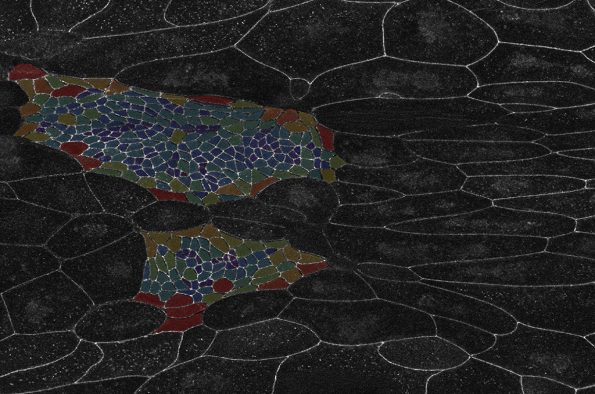
Developmental Growth, Mechanics and Hippo Signalling in Drosophila
- Daimark Bennett
- Suitable for: Those with an interest in Genomes, Systems and Therapeutic Targeting
- Admission: Free
Add this event to my calendar
Click on "Create a calendar file" and your browser will download a .ics file for this event.
Microsoft Outlook: Download the file, double-click it to open it in Outlook, then click on "Save & Close" to save it to your calendar. If that doesn't work go into Outlook, click on the File tab, then on Open & Export, then Open Calendar. Select your .ics file then click on "Save & Close".
Google Calendar: download the file, then go into your calendar. On the left where it says "Other calendars" click on the arrow icon and then click on Import calendar. Click on Browse and select the .ics file, then click on Import.
Apple Calendar: The file may open automatically with an option to save it to your calendar. If not, download the file, then you can either drag it to Calendar or import the file by going to File >Import > Import and choosing the .ics file.
During development, multicellular organisms undergo stereotypical patterns of tissue growth to yield organs of highly reproducible sizes and shapes. These patterns of growth are thought to be dictated by chemical (hormones and morphogens) physical (mechanical forces) and environmental (nutrient availability) cues. However, we lack a comprehensive view of the growth phase of development due to the difficulty of collecting and analysing quantitative parameters of tissue growth over long time periods. Nic is using live videomicroscopy, image segmentation and cell tracking to unravel the patterns of tissue growth in the Drosophila abdomen. Nic will discuss his latest work on the control of developmental tissue growth by the Hippo signalling pathway, mechanical forces and the remodelling of the extracellular matrix.
